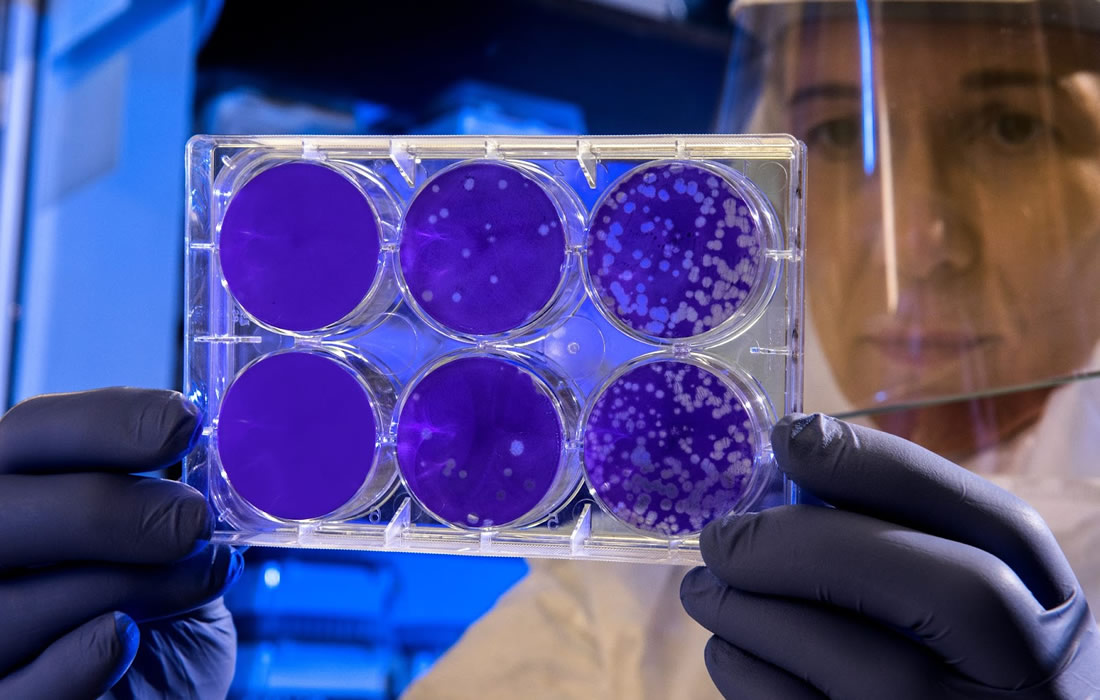Regenerative Medicine News and General Information
Fight Against Treatment-Resistant Superbugs
Researchers at Simon Fraser University are studying the genes of superbugs to aid the development of new and effective treatments for drug-resistant bacterial infections.
“Antimicrobial resistance occurs when the disease-causing bacteria has ways to overcome the antibiotics that we use in treatment for infections,” says assistant professor Amy Lee, of SFU’s Department of Molecular Biology and Biochemistry. “Our lab tries to understand how bacteria develop resistance because that makes the drug ineffective,” says Lee.
“The ultimate goal of our research is to use current sequencing technologies and computational analysis to discover new drug targets, which can be used to develop new drugs to fight bacterial infections,” says SFU alumnus Venus Lau, the study’s lead author.
The team applied bioinformatics, using SFU’s Big Data Hub, to perform a computational analysis of thousands of bacterial genomes from Escherichia coli to Vibrio cholerae.
“Drugs don’t get into this bacterium easily and they tend to acquire other resistance mechanisms over time. It’s a difficult bug to treat” says Lau.
The bacterial species P. aeruginosa can cause infections in the blood, lungs (pneumonia) or other parts of the body, particularly in those who are ill or recovering from surgery in hospital.
Lau notes that some of the genes the team discovered through analyzing various disease-causing bacteria had not been previously characterized. “Part of our research was to figure out what these genes do and how they’re responsible for causing disease and infection symptoms in humans.”
An alternative approach to treating bacterial infections with antibiotics to overcome the issue of drug resistance involves antivirulence drugs.
New antivirulence therapies work to ‘disarm’ or inhibit the ability of the bacteria to cause disease without causing resistance to develop. In contrast, antibiotics kill bacteria, which essentially encourages the bacteria to ‘fight back’ by developing drug resistance.
“Antibiotics wipe out bacteria leading to a process of natural selection where those few surviving bacteria in the population will then repopulate,” says Patrick Taylor. “The bacteria that are not killed off are really good at sharing their genetics with each other, which is why we have this rising global issue of antibiotic resistance.”
Taylor says antivirulence therapeutics can mitigate disease and reduce the burden on the healthcare system by reducing the bacteria’s ability to cause damage to the host, which provides time for the person’s immune system to clear the pathogen.
Sources:
Wing Yin Venus Lau, Patrick K. Taylor, Fiona S.L. Brinkman, Amy H.Y. Lee. Pathogen-associated gene discovery workflows for novel antivirulence therapeutic development. eBioMedicine, 2023; 88: 104429 DOI: 10.1016/j.ebiom.2022.104429
Simon Fraser University. “Fight against treatment-resistant superbugs.” ScienceDaily. ScienceDaily, 5 April 2023. <www.sciencedaily.com/releases/2023/04/230405112156.htm>.
Images from:
Photo by CDC
https://unsplash.com/photos/LiNIONbajm4

